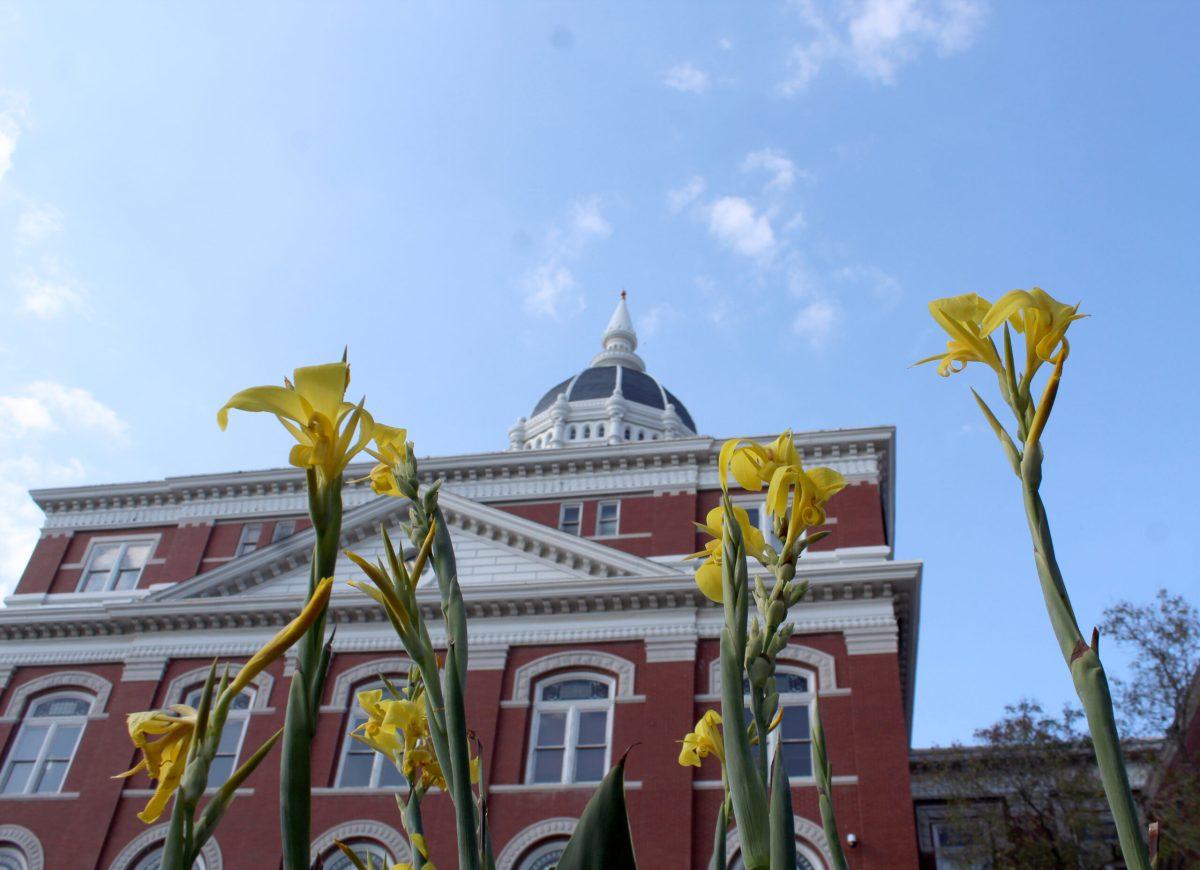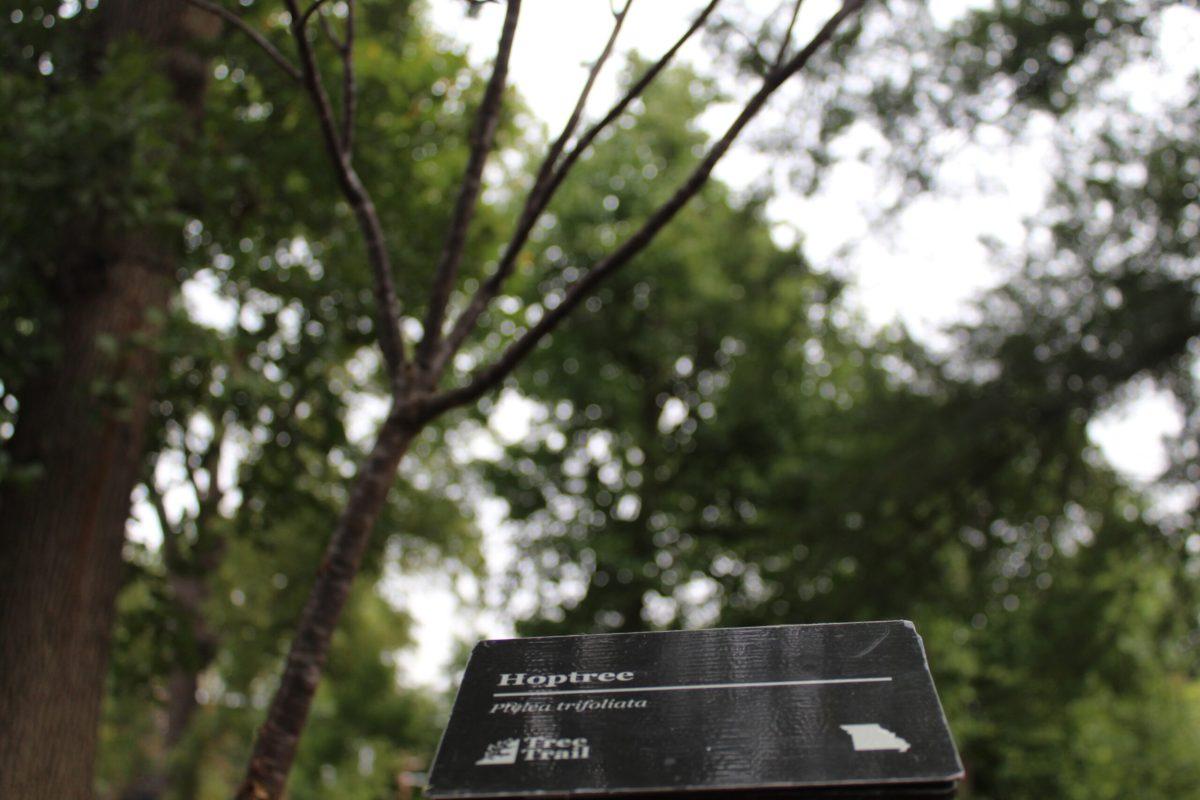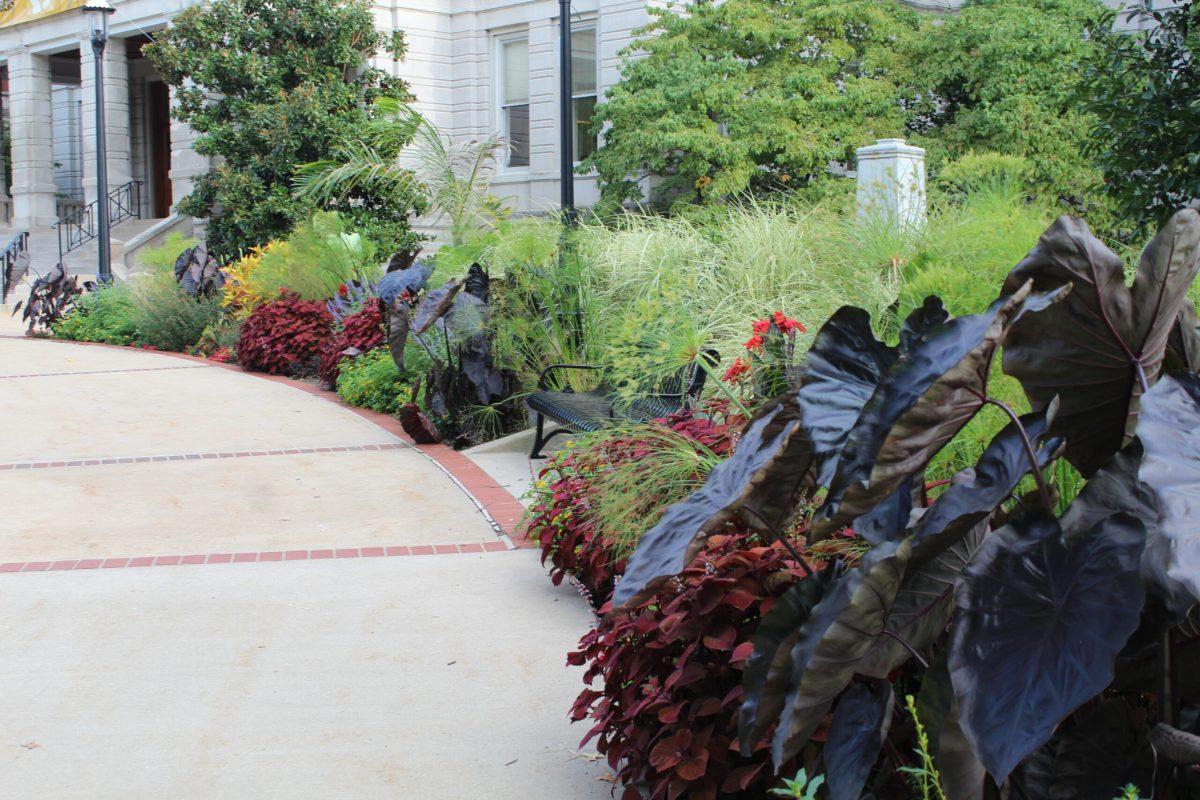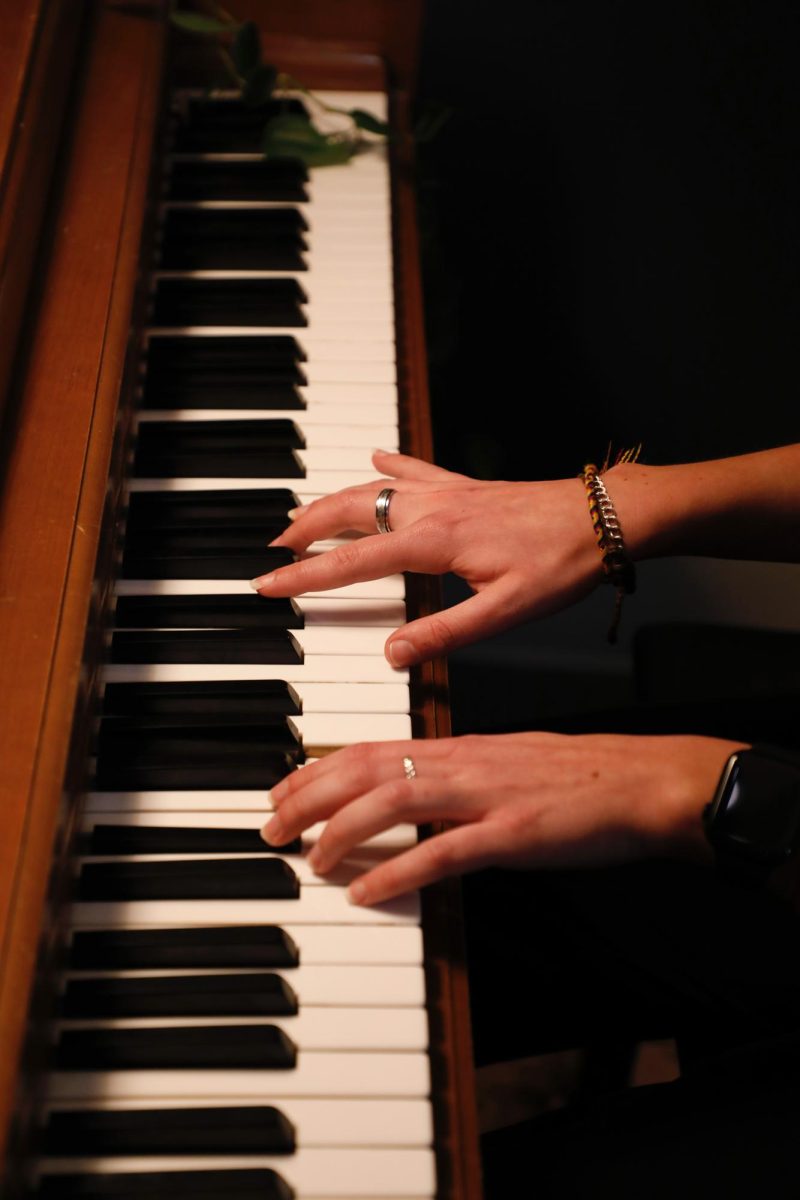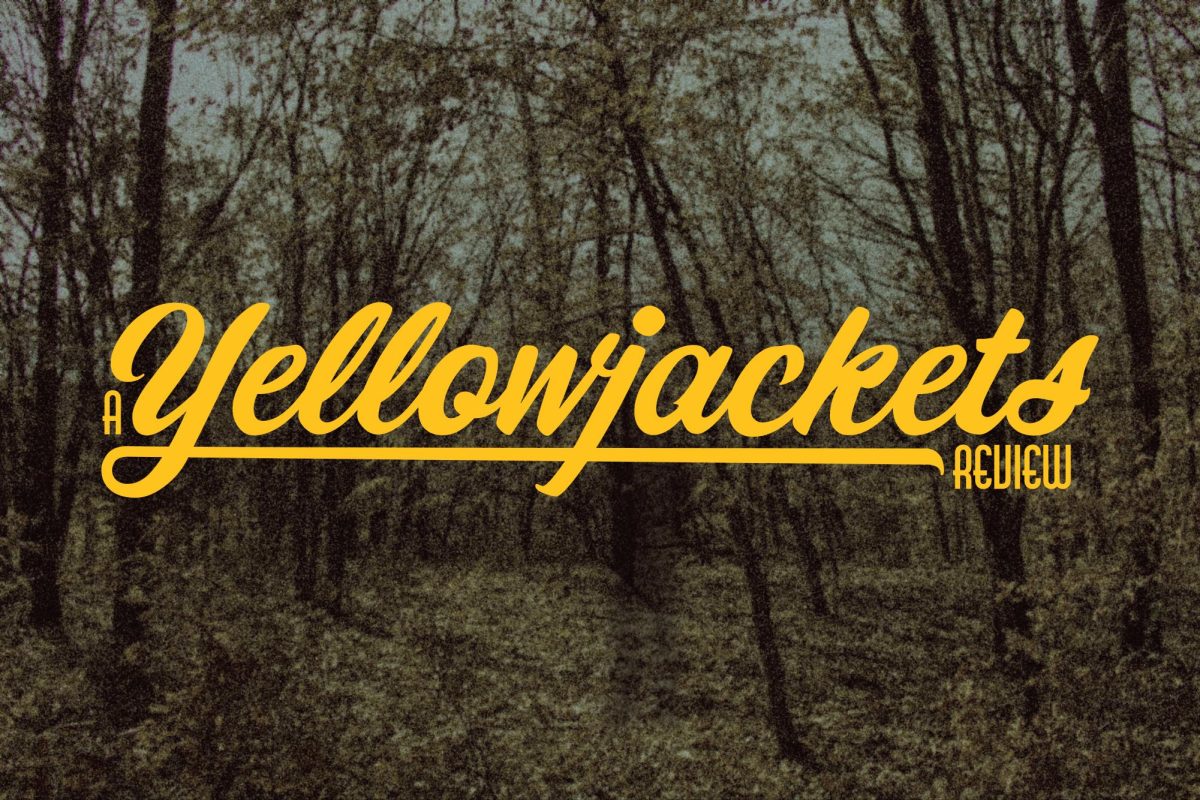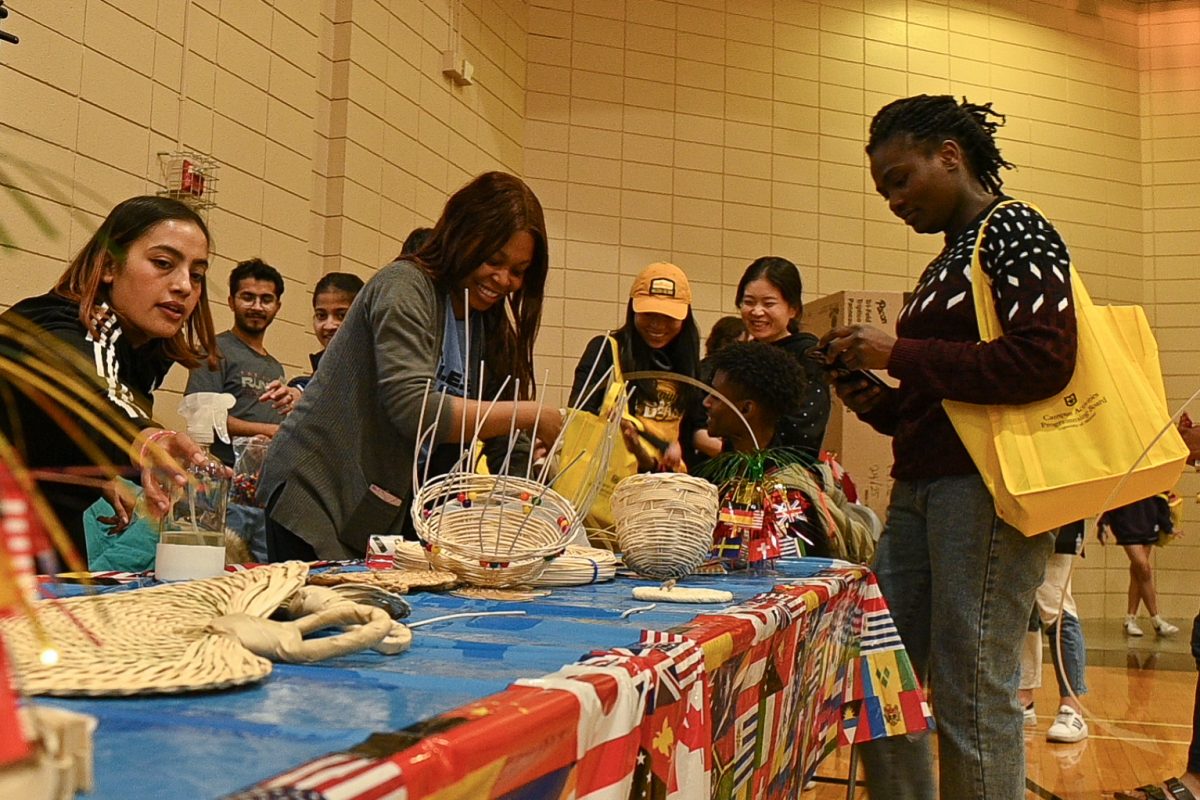Spanning 735 acres, the Mizzou Botanic Garden boasts an incredible array of flora, ranging from septuagenarian pin oaks lining Francis Quadrangle to leafy elephant ears and verdant flowers outside Jesse Hall.
While some universities have designated garden spaces, MU’s entire campus is classified as a botanic garden. Since its founding in 1999, MUBG has seen over 6,000 trees planted and countless staff and students changed by its ecological impact.
Pete Millier, director of MUBG, has worked at MU since 2005. Miller is passionate about his work and strives to ensure that students interested in conservation have the opportunity to get involved with the garden.
“It’s great to see a young person really catch the plant fever,” Millier said.
Millier is inspired in part by former MU Chancellor Barbara Uehling Charlton’s mission to unify and beautify campus. Uehling, who campaigned for a campus botanic garden in the 1980s, was the first woman to lead a land-grant university in the U.S., as well as the only permanent female chancellor of MU.
“She was really a trailblazing person,” Millier said.
Since the 1980s, there have been many changes to the campus environment. Today, Millier and members of MUBG are working on the Legacy Oaks of the Francis Quadrangle project to replace the 70 to 90-year-old pin oaks on the Quad with younger, healthier trees. Currently, new oak species are growing on MU’s South Farm until the saplings are mature enough to replace the older trees.
Walking across campus, it isn’t rare to see a plaque adorning a plant bed. The plaques, which Millier describes as “passive education,” allow students the opportunity to learn more about native Missouri plants when walking to and from classes.
Due to an increasing virtual demand, MUBG is moving towards an online format of environmental education, including an app students can use to identify plants on campus.
“More and more people want something that they can access via their smartphone, because they don’t want to see a sign out there,” Millier said.
In addition to virtual initiatives, MUBG plans to increase the amount of native plants on campus by working with organizations like the Missouri Prairie Foundation.
“We’re trying to put a bigger emphasis on native plants to grow out there on the campus, because they’re well adapted to our soils and our climate,” Millier said.
Not only would planting more native species benefit MU’s ecosystem, it would also diversify the campus environment.
“I think it would be cool if Mizzou had a small prairie restoration or integrated native prairie species into campus gardens,” junior Danielle Gafford said. “They are important species that are built around established systems.”
Gafford, who is studying biological sciences, works on prairie ecology-related projects through a research lab on campus. Gafford also participates in student organizations like Climate Leaders at Mizzou and Sustain Mizzou. Previously, MUBG has collaborated with Sustain Mizzou on environmental efforts including beekeeping, composting and cleaning the MKT Nature and Fitness Trail.
“It’s a really good way to meet other people from other majors who are interested in the same things, and it’s nice to feel like you’re not the only one who cares about sustainability,” Gafford said.
Through collaboration with local organizations and student groups, MUBG has made headway on projects to keep the campus environment clean and healthy. However, many may be unaware that they are living on a campus with such an established ecosystem.
Gafford thinks more students would be interested in the garden if they learned more about plants. Fortunately, because of landscape services and MUBG’s hard work and dedication to environmental awareness, students have an entire garden in their backyard to explore.
Edited by Elise Mulligan | [email protected]


